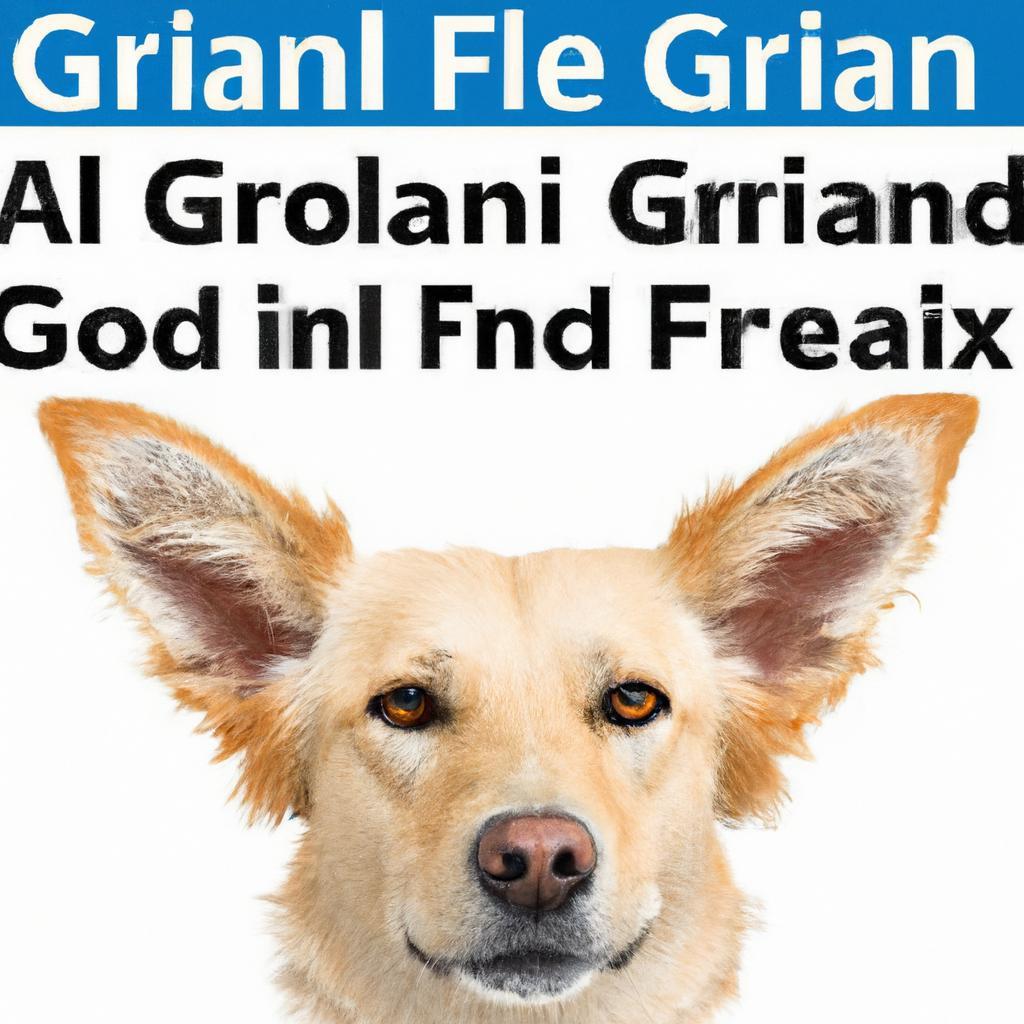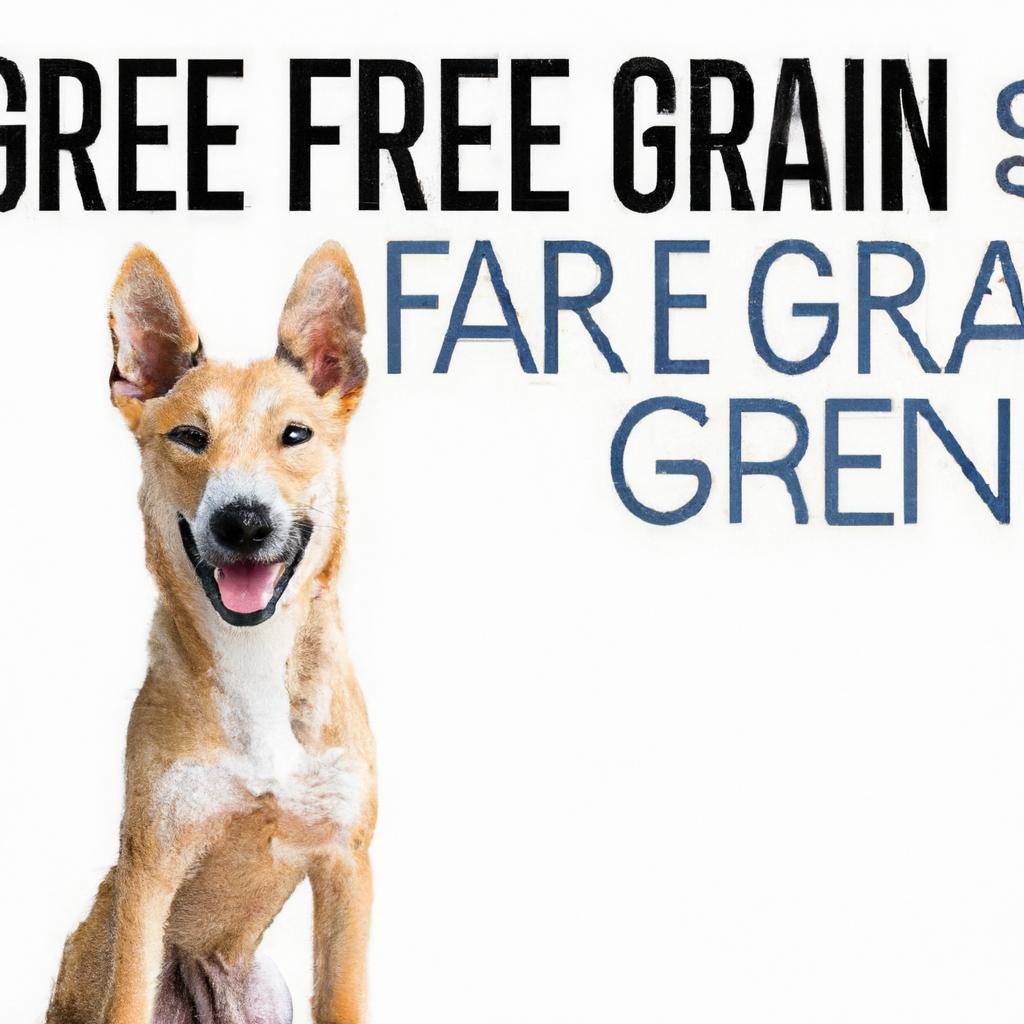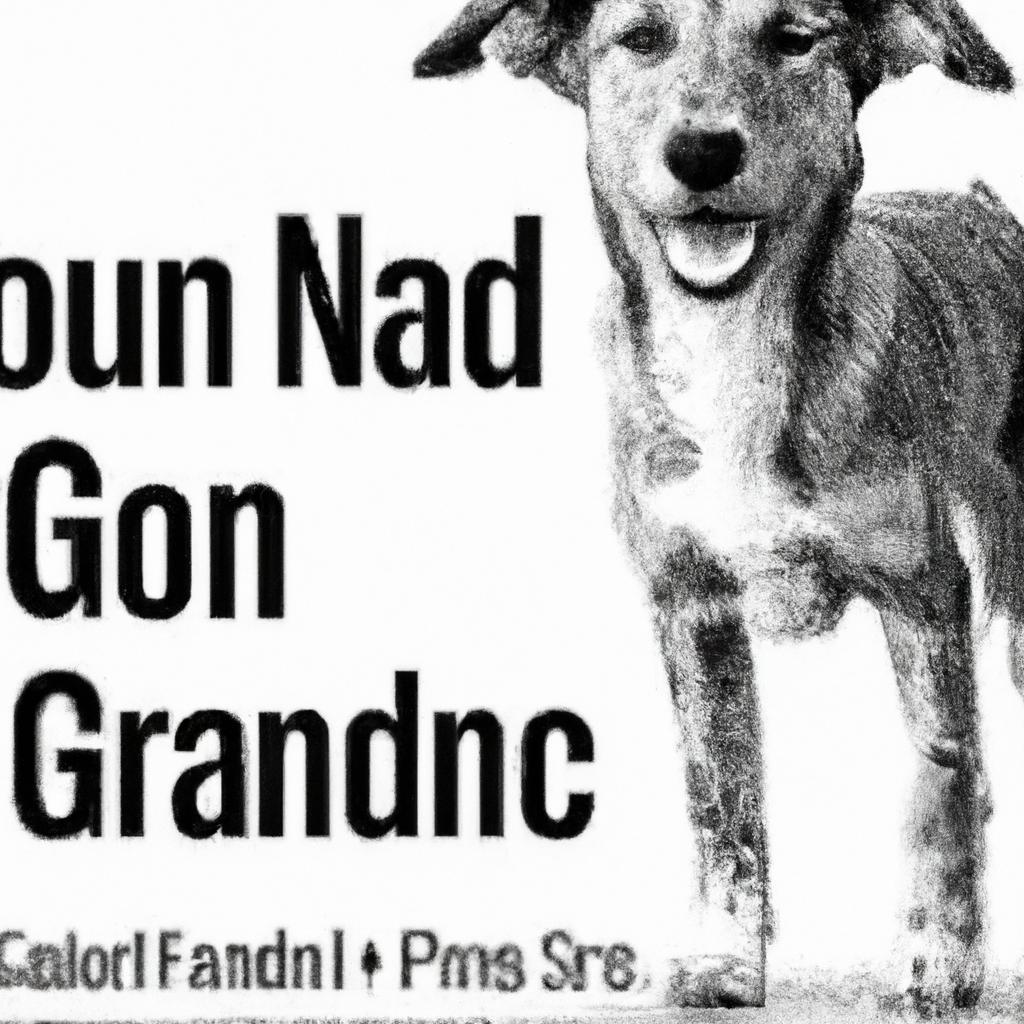When Sarah adopted Max, her energetic Labrador, she was determined to give him the best nutrition. After researching, she stumbled upon grain-free dog food and was intrigued. But could she mix it with his regular kibble? Hesitant yet curious, she decided to blend the two. To her surprise, Max thrived! His coat gleamed, energy soared, and he seemed happier than ever. Mixing grain-free with regular food can provide a balanced diet tailored to your dog’s needs. Consult your vet and discover the perfect blend for your furry friend!
Contents
- Understanding the Nutritional Needs of Your Dog
- Evaluating the Benefits and Risks of Mixing Grain-Free and Regular Dog Food
- Practical Guidelines for Combining Different Dog Food Types
- Consulting with Your Veterinarian for Tailored Dietary Solutions
- Q&A
Understanding the Nutritional Needs of Your Dog
When considering your dog’s diet, it’s essential to recognize that their nutritional needs can vary significantly based on factors such as age, breed, activity level, and health status. Dogs are omnivores, which means they require a balanced diet that includes proteins, fats, carbohydrates, vitamins, and minerals. Understanding these requirements is crucial when deciding whether to mix grain-free food with regular dog food.
Grain-free dog food has gained popularity among pet owners, often marketed as a healthier alternative. However, it’s important to note that not all dogs require a grain-free diet. Some dogs may benefit from the inclusion of grains, which can provide essential nutrients and fiber. When contemplating a mixed diet, consider the following:
- Digestive Health: Some dogs thrive on grains, which can aid in digestion and promote a healthy gut.
- Allergies and Sensitivities: If your dog has specific allergies or sensitivities, a grain-free option may be more suitable.
- Protein Sources: Ensure that both food types provide adequate protein levels to support your dog’s energy needs.
Mixing grain-free and regular dog food can be done, but it should be approached with caution. Gradually introducing the new food can help prevent digestive upset. Monitor your dog’s response to the mixed diet closely, watching for any signs of discomfort or changes in stool consistency. Consulting with a veterinarian can provide personalized guidance tailored to your dog’s unique nutritional needs, ensuring that you make the best choices for their health and well-being.
Evaluating the Benefits and Risks of Mixing Grain-Free and Regular Dog Food
When considering the combination of grain-free and regular dog food, it’s essential to weigh the potential benefits against the risks involved. One of the primary advantages of mixing these two types of food is the opportunity to provide a more balanced diet. By incorporating grain-free options, you can introduce a variety of protein sources and nutrients that may not be present in traditional kibble. This can be particularly beneficial for dogs with specific dietary needs or sensitivities.
However, it’s crucial to recognize that not all dogs require a grain-free diet. Some pets thrive on grains, which can offer essential carbohydrates and fiber. Mixing the two types of food without proper guidance can lead to digestive issues or nutritional imbalances. Therefore, it’s vital to monitor your dog’s response to the new diet and consult with a veterinarian to ensure that the combination meets their individual health requirements.
Another factor to consider is the potential for food allergies or intolerances. While grain-free diets are often marketed as a solution for dogs with sensitivities, they can also introduce new allergens. By mixing foods, you may inadvertently expose your dog to ingredients that could trigger adverse reactions. It’s important to keep an eye out for any signs of discomfort, such as itching, gastrointestinal upset, or changes in behavior, and adjust the diet accordingly.
Ultimately, the decision to mix grain-free and regular dog food should be made with careful consideration and professional advice. A gradual transition is recommended to allow your dog’s digestive system to adapt, and regular check-ins with your veterinarian can help ensure that your pet remains healthy and happy. By taking these steps, you can create a tailored feeding plan that supports your dog’s unique needs while minimizing potential risks.
Practical Guidelines for Combining Different Dog Food Types
When considering the combination of grain-free and regular dog food, it’s essential to approach the process with care and knowledge. Start by **gradually introducing the new food** to your dog’s diet. This can help prevent digestive upset and allow your pet to adjust to the different ingredients. Begin with a small ratio of the new food mixed into the regular food, and slowly increase the proportion over several days. This method not only eases the transition but also helps you monitor your dog’s reaction to the new combination.
Pay attention to your dog’s specific dietary needs and health conditions. Some dogs may thrive on a grain-free diet, while others may require the nutrients found in traditional dog food. Consult with your veterinarian to determine the best approach for your pet. They can provide tailored advice based on your dog’s age, breed, activity level, and any existing health issues. This professional guidance is invaluable in ensuring that your dog receives a balanced diet that meets all nutritional requirements.
Consider the **quality of the ingredients** in both types of food. Not all grain-free options are created equal, and some may contain fillers or low-quality proteins that could negatively impact your dog’s health. Look for brands that prioritize high-quality, whole food ingredients, whether grain-free or regular. Additionally, ensure that the combined diet maintains a proper balance of proteins, fats, and carbohydrates to support your dog’s overall well-being.
Lastly, monitor your dog’s health and behavior closely after making the switch. Look for signs of digestive distress, changes in energy levels, or alterations in coat condition. Keeping a journal of your dog’s reactions can help you identify any issues that arise from the new food combination. If you notice any adverse effects, it may be necessary to adjust the ratios or consult with your veterinarian for further advice. By taking these steps, you can create a harmonious and nutritious diet that suits your dog’s unique needs.
Consulting with Your Veterinarian for Tailored Dietary Solutions
When considering a mixed diet for your dog, it’s essential to consult with your veterinarian to ensure that the combination of grain-free and regular dog food meets your pet’s specific nutritional needs. Your veterinarian can provide insights based on your dog’s age, breed, weight, and any existing health conditions. This tailored approach ensures that you are not only addressing your dog’s dietary preferences but also supporting their overall health.
Veterinarians can help you understand the potential benefits and drawbacks of mixing different types of dog food. For instance, they can explain how certain grains can be beneficial for energy and digestion, while grain-free options may be advantageous for dogs with specific sensitivities. By discussing your dog’s unique situation, your vet can recommend the right proportions and types of food to create a balanced diet that promotes optimal health.
Moreover, your veterinarian can guide you in monitoring your dog’s response to the new diet. It’s crucial to observe how your dog reacts to the mixed food, as changes in digestion, energy levels, or coat condition can indicate whether the combination is suitable. Regular check-ins with your vet can help you make necessary adjustments, ensuring that your dog thrives on their new dietary regimen.
your veterinarian may suggest specific brands or formulations that align with your dog’s health requirements. They can provide recommendations based on the latest research and nutritional guidelines, helping you make informed choices. By collaborating with your vet, you can create a feeding plan that not only satisfies your dog’s taste preferences but also supports their long-term health and well-being.
Q&A
-
Can I mix grain-free dog food with regular dog food?
Yes, you can mix grain-free dog food with regular dog food. However, it’s essential to do so gradually to avoid digestive upset. Start by mixing a small amount of the new food with the regular food and gradually increase the proportion over several days.
-
Will mixing grain-free and regular dog food provide balanced nutrition?
Mixing these types of food can provide a more varied diet, but it’s crucial to ensure that the combined diet meets your dog’s nutritional needs. Consult with your veterinarian to determine the best balance for your pet.
-
Are there any risks associated with mixing grain-free and regular dog food?
The primary risk is digestive upset, which can occur if the transition is too abrupt. Additionally, some dogs may have specific dietary needs or allergies that could be exacerbated by mixing foods. Always monitor your dog for any adverse reactions.
-
What should I consider before mixing dog foods?
Consider your dog’s age, health status, and dietary preferences. It’s also important to read labels carefully to ensure that both foods complement each other and provide a balanced diet. Consulting with a veterinarian can provide personalized guidance.
while mixing grain-free and regular dog food can offer variety and cater to your dog’s unique needs, it’s essential to consult your veterinarian. Prioritize your pet’s health and well-being by making informed dietary choices.

大家好,我是彼得潘,專業的手法身體治療師。我喜歡探索和研究各種主題,並透過與人工智慧的合作分享專業、實用、有趣的文章。我們定期進行人工審核,以確保內容的準確性。如果您發現文章中有任何不準確的地方,請隨時與我們聯繫,我們會及時糾正。您可以透過 [email protected] 與我們聯繫。



